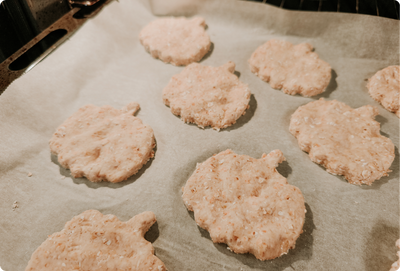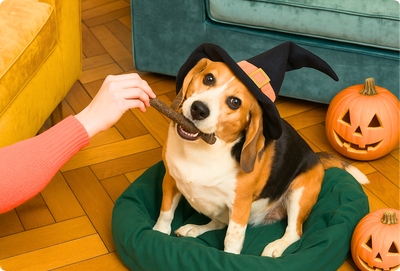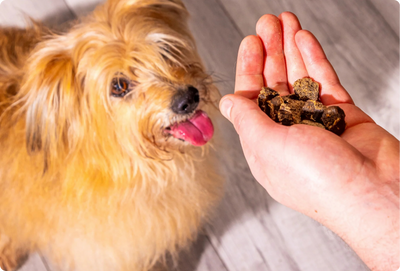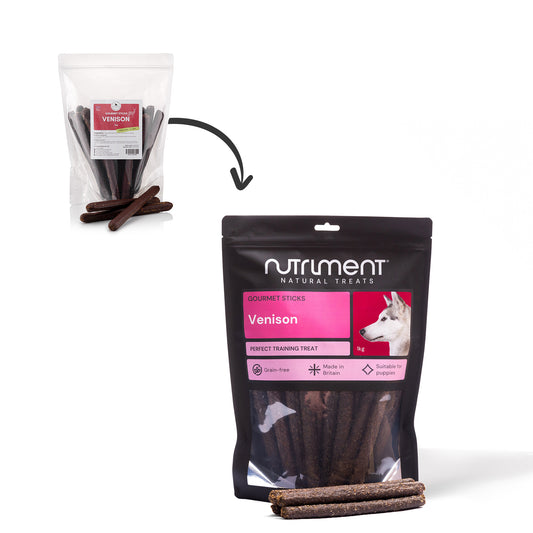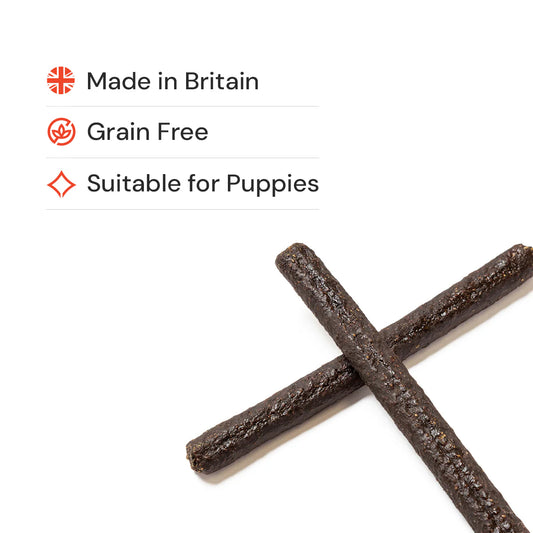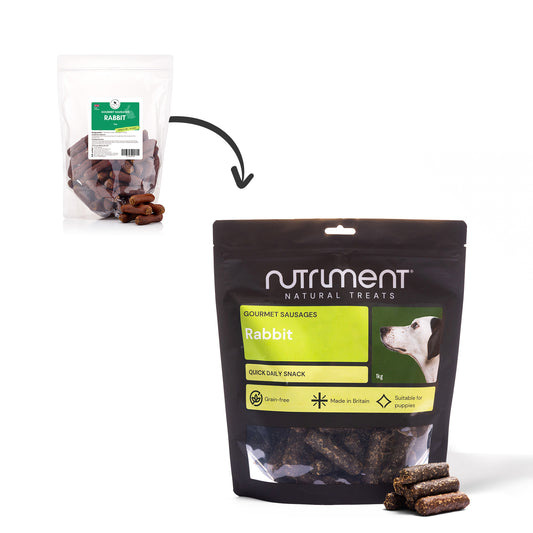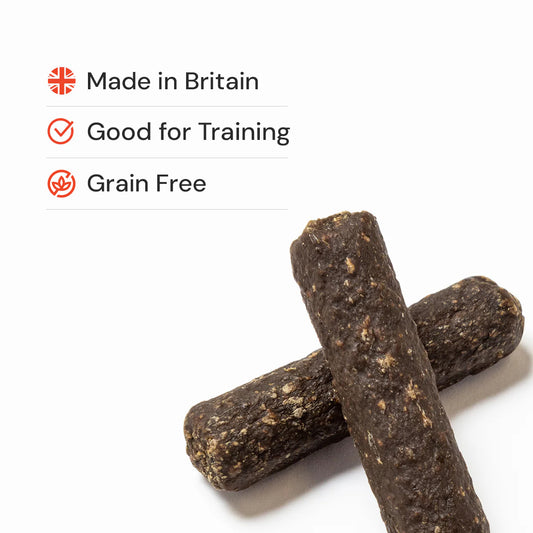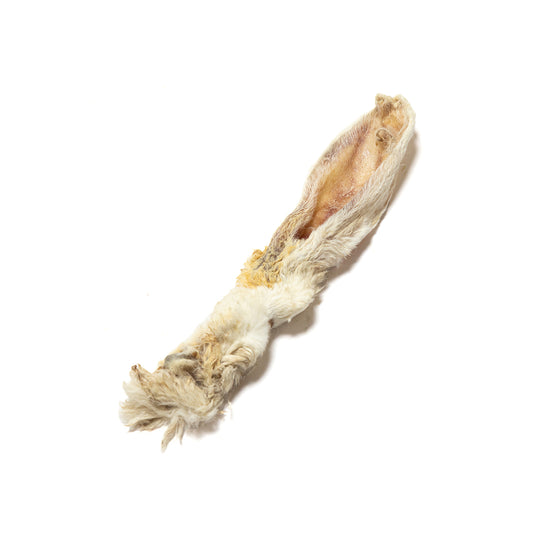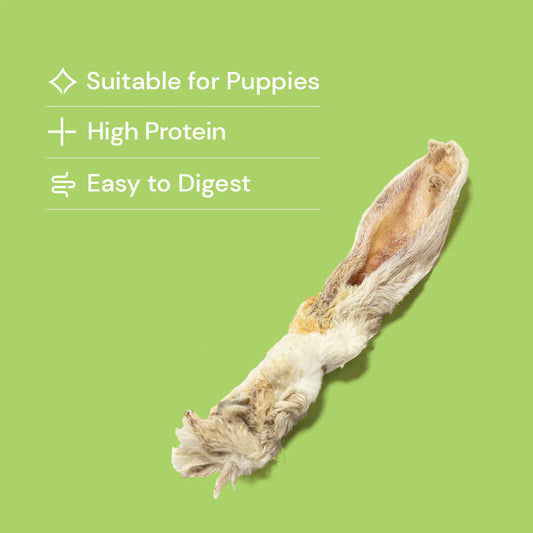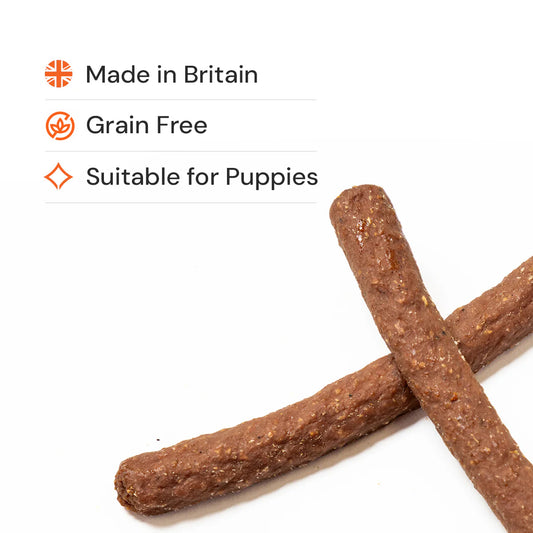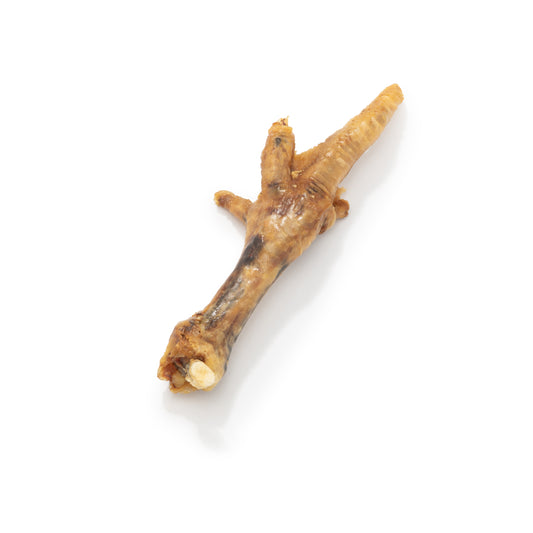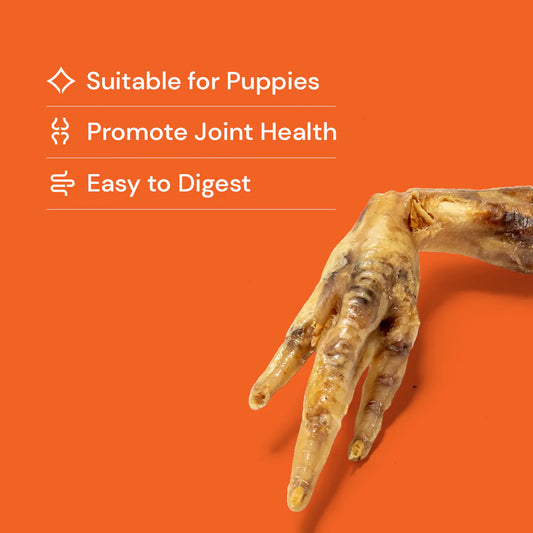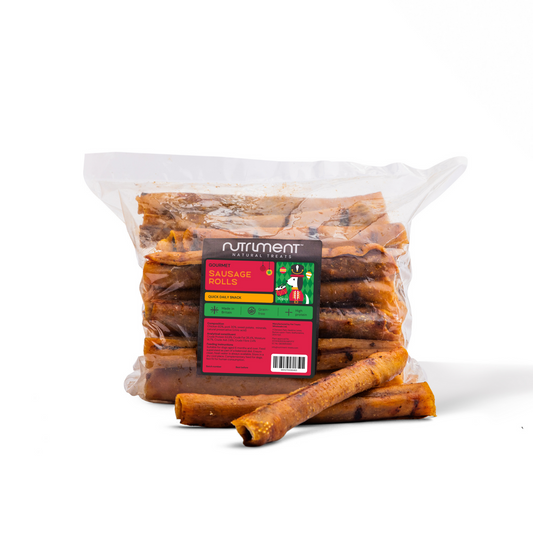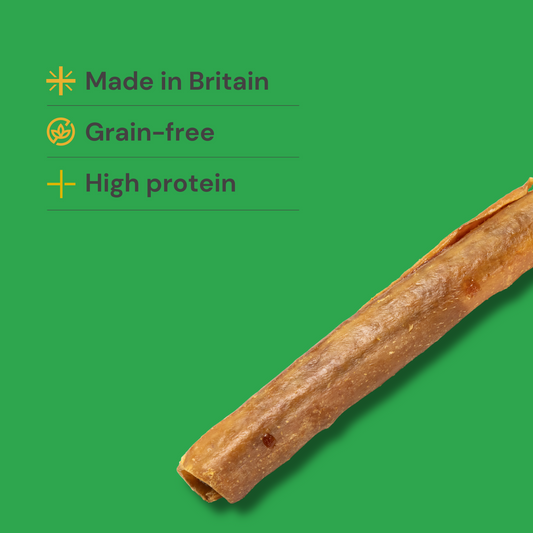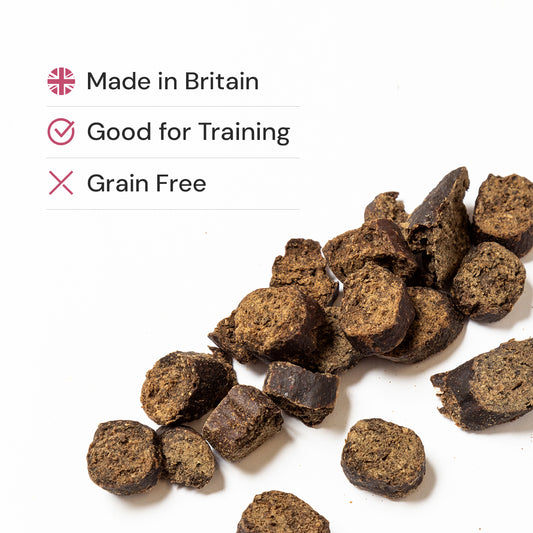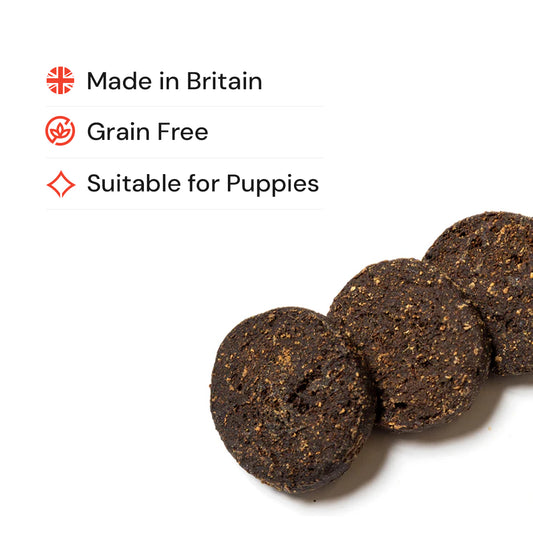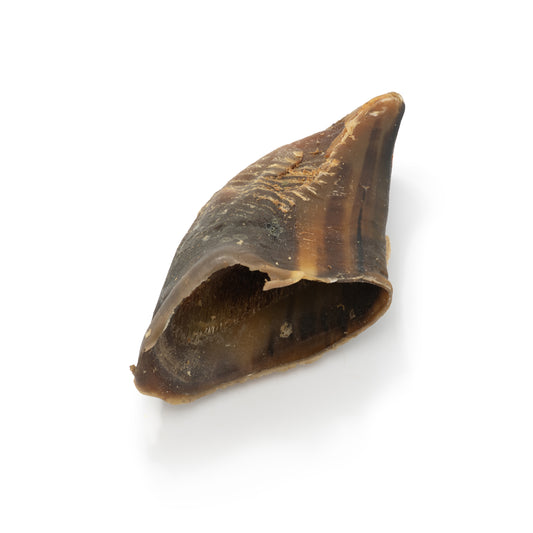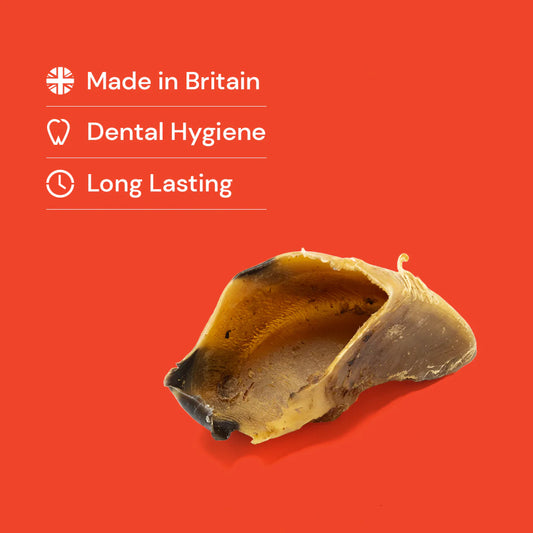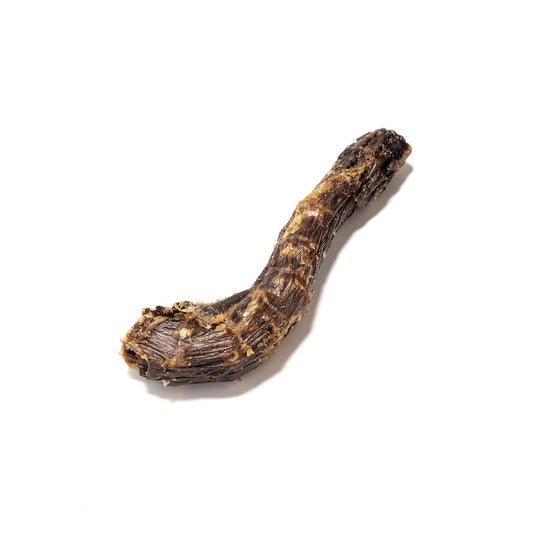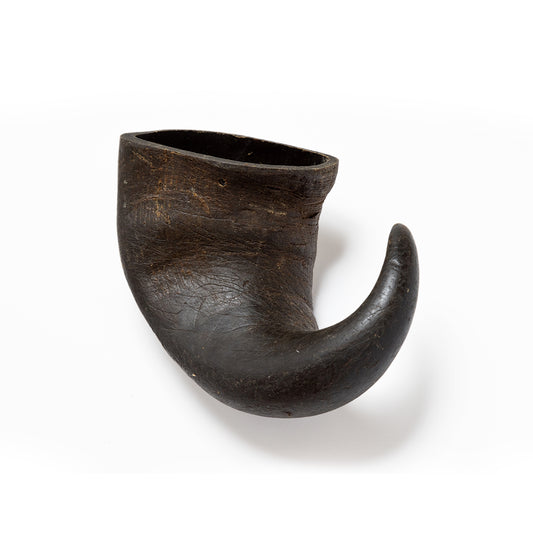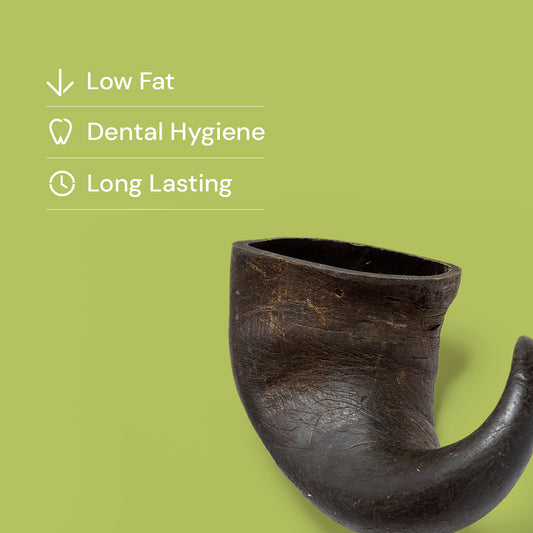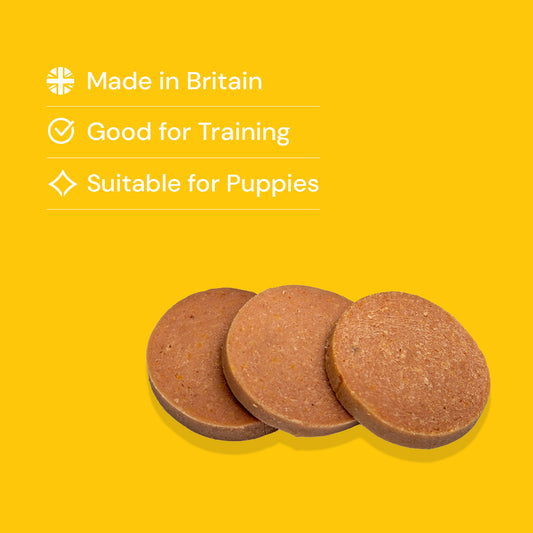
The covid lockdowns of March 2020 and beyond led to more than 3 million pets joining households across the country, with over 30% of the pets acquired during this time going to households with first time owners.
At the same time, many of the usual services that would help new owners to adjust to life with their pets - such as training classes, social walks, and just the ability to go on trips out with their dogs, were off limits.
A study by the Royal Veterinary College and Battersea Dogs Home was carried out to determine the effects on pandemic puppy behaviours, and the results were astounding.

In their study, more than 1,000 UK owners, who acquired their pet during the pandemic, were asked to identify any problem behaviours they saw in them.
The list of 24 behaviours that owners considered as problems ranged from control behaviours, such as pulling on the lead, and attention-seeking behaviours, jumping up or clinginess, to aggressive behaviours, either towards other dogs and people or guarding food, and fear/avoidance behaviours anxiety around other dogs, people or loud noises.
97% of owners reported their dog displayed at least one problem behaviour from the list. The average number of owner-reported problem behaviours at 21 months - the age at which dogs are most at risk of being rehomed or euthanised because of behavioural issues - was five, while 20% of owners reported eight or more. The three most common problem behaviours were pulling on the lead, jumping up at people and not coming back when called.
Although common, these problem behaviours can be trained - with many training classes all over the country being held to address these issues. The best of these will use positive reinforcement techniques.

Positive reinforcement involves rewarding a dog for exhibiting desirable behaviours, making them more likely to repeat those in the future. Unlike traditional training methods that rely on punishment, positive reinforcement builds trust and strengthens the bond between the dog and the owner. It creates a positive association with learning and ensures a happy and willing learner. Put simply - the dog wants to learn to get the reward!
Just like humans, dogs give value to different rewards, and this varies between dogs. For some, a piece of cheese is their favourite, for others, a ball and playtime is far better than any food. Knowing what your dog likes, and dislikes, will go a long way in selecting their favourite treats, and getting the best results from your training.
Why Dog Treats?
Dog treats are a popular choice for positive reinforcement training because they are convenient, enticing, and can be tailored to suit various preferences and dietary needs. Treats serve as immediate rewards, providing instant positive feedback to the dog. The key is to find treats that are not only delicious but also healthy.
Choosing the Right Treats:
Not all treats are created equal, and it's essential to select ones that meet your dog's dietary requirements and preferences. High-quality treats made with natural ingredients are recommended, as they promote better health while still being delicious. Additionally, considering the size and texture of the treats is crucial, especially for smaller or older dogs who may have specific chewing preferences.

Our training slices are perfectly convenient for dogs of all slices, and whilst our moist sausages and pate require a little more effort from the human - they need cutting up before the session, they are considered high value for most dogs!
Timing is Everything:
The success of positive reinforcement training often hinges on perfect timing. When using treats, it's crucial to reward your dog immediately after they exhibit the desired behaviour. This immediate association between the action and the treat reinforces the connection in your dog's mind. Consistency in timing helps your pet understand precisely which action leads to the reward, making the learning process more effective.
Variety Keeps it Exciting:
Dogs, like humans, appreciate variety. Using a mix of treats during training sessions keeps your dog engaged and motivated. Consider rotating between different flavours, textures, and sizes to keep things interesting. This not only prevents boredom but also allows you to discover your dog's preferences, helping you tailor your rewards to their liking.
Holding back on some of your dog's absolute favourite rewards, and providing them with a large amount the moment they get the behaviour exactly right. Done sparingly, and with a high value, this can lead to faster association with getting it right.
Avoid Overfeeding:
While treats play a vital role in positive reinforcement, it's crucial to strike a balance. Overfeeding can lead to weight issues and other health problems. To maintain a healthy diet, factor in the treats when calculating your dog's daily caloric intake. Opt for smaller treats or break larger ones into pieces to ensure you're rewarding without overindulging. Treats should account for no more than 10% of your dogs diet.

Training Scenarios:
Dog treats can be employed in a variety of training scenarios, from basic commands to more complex tricks. Here are a few examples of how treats can enhance positive reinforcement training:
The basics:
Sit
Hold a try in your hand, encourage your dog to follow it in a gentle arc over their head. As soon as their bum touches the floor, release the treat.
Down
Once they’ve mastered the sit, begin to guide the lure down between their front paws. As soon as they drop down, release the treat.
Come
With your dog looking at you, give your recall word e.g. “here” take a step back and give a treat when they join you. Build up the distance away and the distractions, and always reward them when they come back. Recall at random points during your walks, so it doesn’t just mean the walk is over and they are back on their lead. If you are in any doubt of your dog returning to you, use a long line on your walks, so they can’t get into any mischief.
Lead Training:
Use treats to encourage loose-lead walking. When your dog walks calmly without pulling, provide a treat. This helps them associate proper behaviour with a tasty reward.
Behavioural Challenges:
For addressing behavioural issues, such as excessive barking or jumping, reward your dog when they exhibit the desired behaviour. If your dog jumps up at people, guide them to the floor, and reward when all four feet are on the floor. Consistent positive reinforcement helps reshape their habits over time.
Socialisation:
When introducing your dog to new people, places, or other animals, use treats to create positive associations. Rewarding calm and friendly behaviour helps build confidence and reduces anxiety.
If there are any issues you feel you can’t resolve with your dogs behaviour, please contact a trainer for advice.
The APDT - Association of Pet Dog Trainers - are proud of the fact that they assess all members according to a strict criteria which ensures they have appropriate skills to teach dog training. They are required to keep their education up-to-date, and adhere to a Code of Practice.

Negative Training Methods
Unfortunately, for many of the pandemic puppies, the restrictions on training classes during their puppyhood has lead to four in five (82%) owners have reported using aversive training methods in attempts to address their dog’s problem behaviours. These range from physically moving the dog - such as pushing it down if they jump up - and giving verbal corrections to rattle bottles/cans/discs, water pistols/spray bottles, choke chains and e-collars. Whilst punishing behaviour can lead to it stopping, this is out of dislike of the consequences, rather than a willingness to learn from the dog. It not only negatively impacts animal welfare, but is often poorly effective, and in some cases, can even result in new problem behaviours in dogs due to the fear and anxiety it can cause.
By engaging in positive reinforcement training, owners and dogs can enjoy a happier, healthier relationship - and will reap the benefits for years to come.

